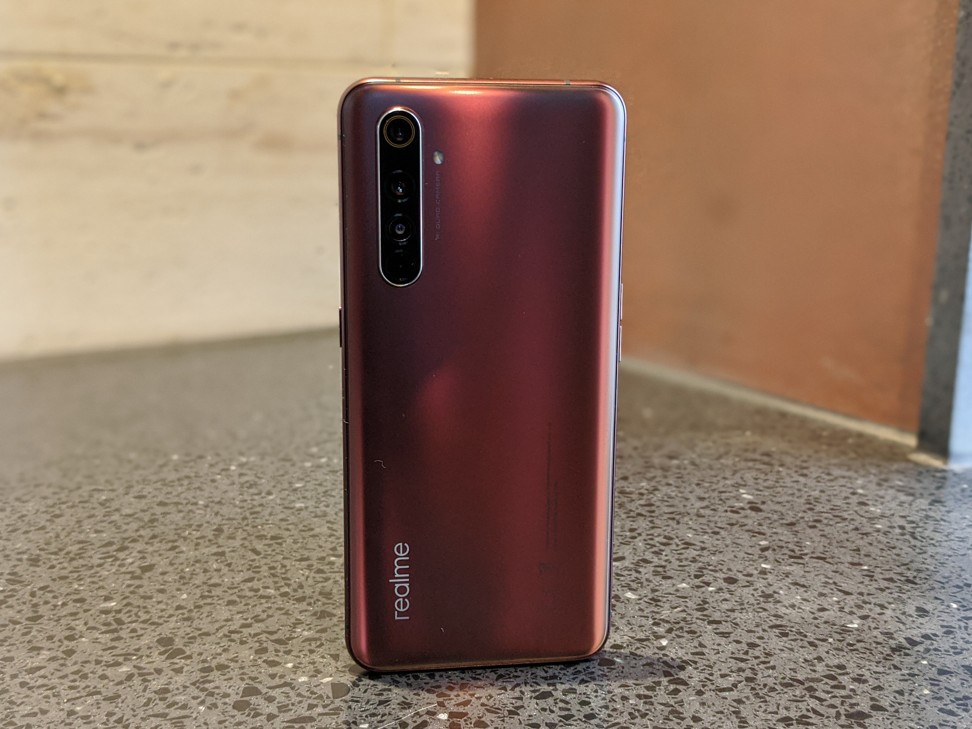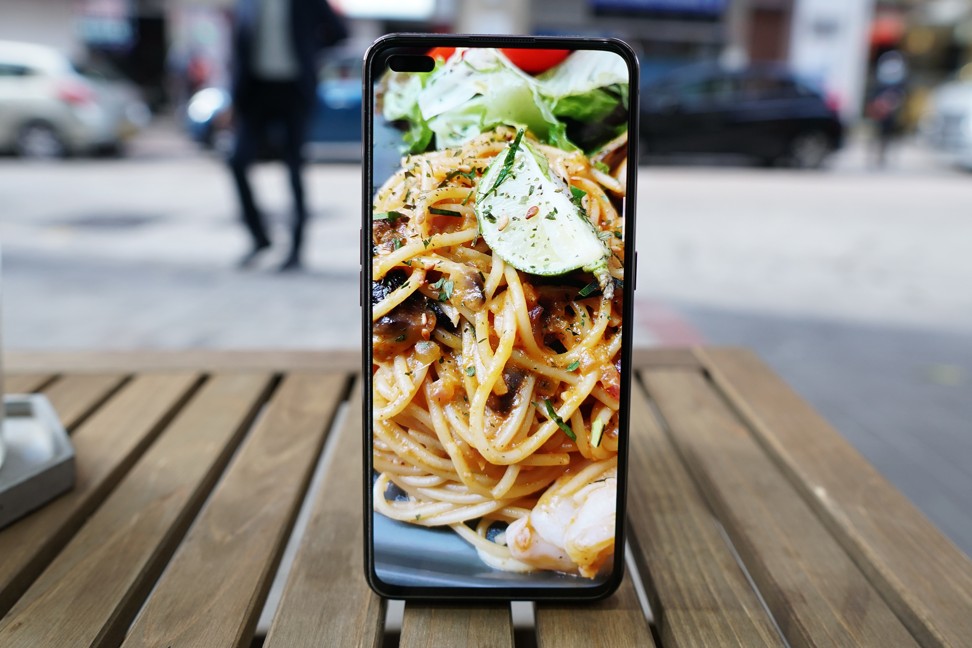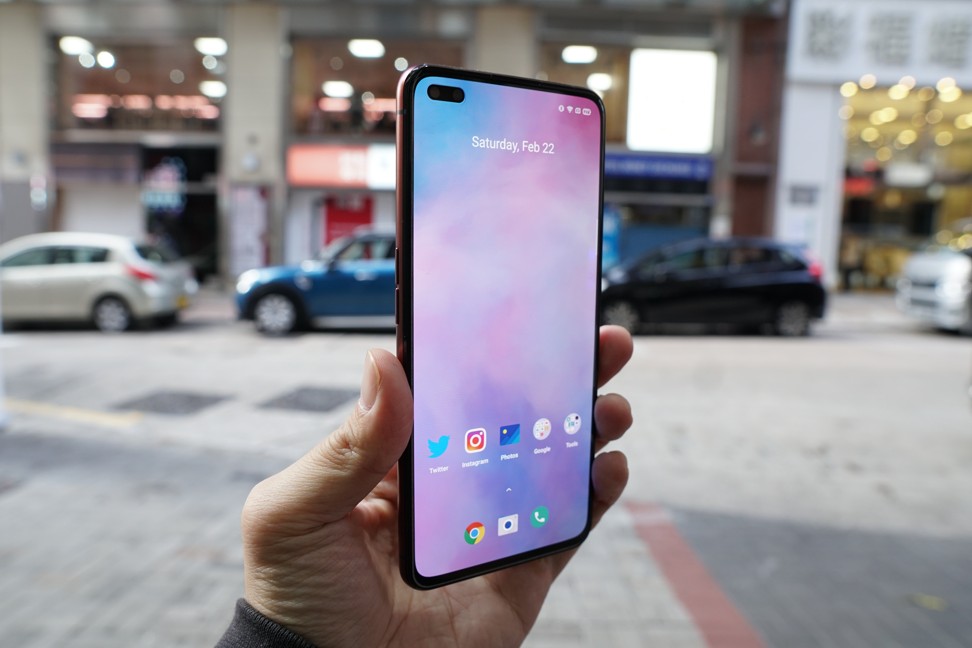
It’s become an annual February tradition: Samsung announces a new flagship Galaxy S phone powered by the latest Qualcomm Snapdragon chip, then a week or two later Xiaomi announces a Mi flagship with almost the exact same list of specs for less than half the price.
This year, Oppo’s sub-brand Realme has joined the fray with the Realme X50 Pro.
Design and hardware
With 2020 bringing us more radical smartphone form factors – such as the Samsung Galaxy Z Flip – there’s no denying that the Realme X50 Pro’s glass and metal rectangular look is, at first glance, a bit boring.

Under the surface, though, the hardware components are top notch. Powering things is the Snapdragon 865 and up to 12GB of RAM, while the screen is an OLED panel sourced from Chinese firm BOE that refreshes at a smooth 90Hz rate. There’s also a hole-punch cut-out (which I think is more aesthetically pleasing than a notch) on the panel to accommodate two selfie cameras, and around the back is four cameras, all wrapped in a matte glass finish.
That list of hardware specs is nearly identical to what Samsung is offering on the standard model of the Galaxy S20, with the only exception being Samsung’s screen refreshes at an even higher and smoother 120Hz. But while the jump from 60Hz screens to 90Hz brought noticeably more fluid animations, only hard core gamers or tech geeks will be able to tell the difference between 90Hz and 120Hz.

Two subtle areas here help the X50 Pro stand out from the flood of other Androids on the market.
The first is that the haptic engine that handles vibration within the phone has been improved and gives significantly denser feedback than the mushy mess that was in previous Realme phones. Good haptic feedback doesn’t exactly grab headlines, which explains why some big smartphone brands still don’t focus on it, but the ones that do – Apple, Google, LG and now Oppo/Realme – deserve praise.
The other useful hardware feature is that the 4,200 mAh battery can be charged at industry-best 65-watt speeds with the included brick and cable. This fast-charging tech is developed in house by Oppo and makes Apple’s 18-watt and Samsung’s 45-watt look pedestrian. Plug the X50 Pro in for 10 minutes and the battery jumps from 20 per cent to 70 per cent.
Software and features
In recent months, Realme has claimed it has separated from Oppo to become its own entity. To that end, the X50 Pro is the first Realme phone to run its “own” Android skin (over Android 10), named Realme UI. However, it is virtually identical to Oppo’s ColorOS.
That is not necessarily a bad thing, because ColorOS has improved by leaps and bounds and this latest version is one of the best Android skins I’ve used. The software is highly customisable, allows users to change the shape and sizes of app icons, and there are a half-dozen short-cut gestures that allow users to quickly grab a screenshot, launch the camera, or go into split-screen multitasking mode.

Performance and battery life
The Snapdragon 865 is Qualcomm’s first mobile chip to not have a modem built-in. Instead, Qualcomm has designed the 865 to run alongside a separate chip built specifically for 5G consumption. This is fine for those with access to 5G, but that’s a tiny percentage of the world’s population. For most of the world, 5G is still a year or two away from being mainstream, so Qualcomm’s dual-chip set-up here uses more power than is necessary.
Fortunately, battery life is still great. The 4,200 mAh cell powers the X50 Pro through a 12-hour day fine, but I think this battery with a Snapdragon 855 would last longer. The 865’s performance in other areas, from video stabilisation to graphics processing, are all best in class and even rivals Apple’s A13.
In terms of photography, the X50 Pro is a mixed bag. The main 64-megapixel sensor is a Samsung GW-1 Isocell and I’ve found that it overexposes more often than not. Photos taken during the day are fine, but at night, they often left me wanting. But as mentioned, the camera can record smooth and stable videos at up to 4K resolution, thanks to Realme’s software optimisation and that Qualcomm chip.

Conclusion
Starting at €550 (US$600) in Europe and around US$550 in India and China, the X50 Pro offers a lot of bang for your buck. It is, by far, the cheapest Snapdragon 865 handset available internationally right now, since the base model of Samsung’s S20 starts at US$999. Go beyond just looking at value, and the X50 Pro is still a polished handset without major shortcomings, other than the just-okay cameras.
Still, Xiaomi’s similarly priced Mi 10 should launch internationally next month – followed by a wave of OnePlus, Oppo and Vivo releases. So we have options.







